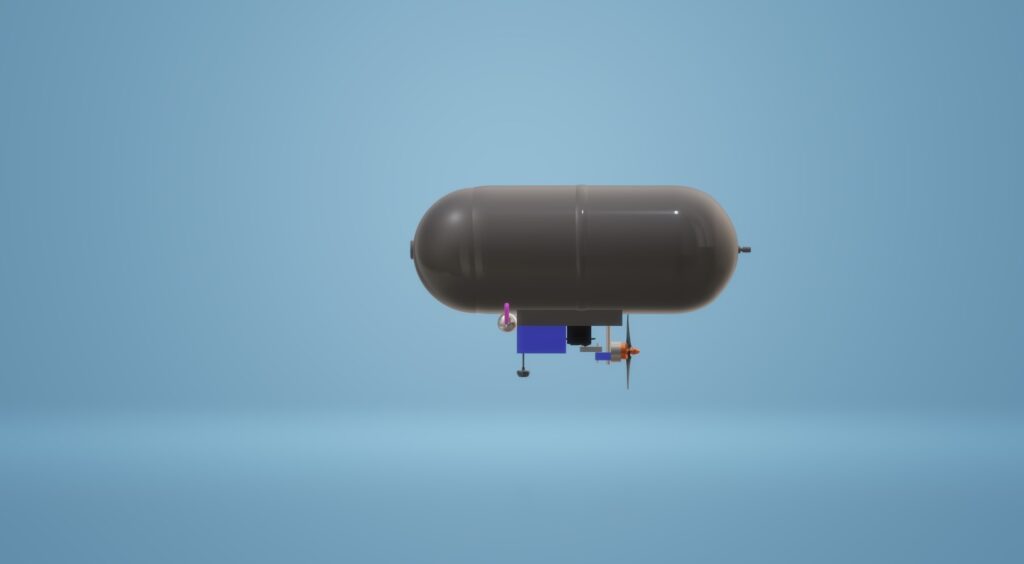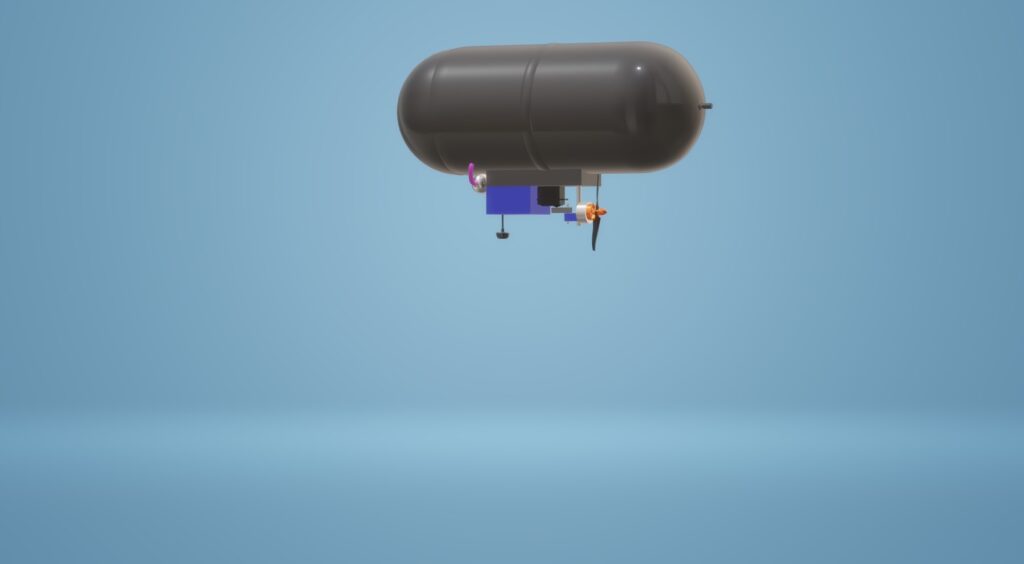Introduction to Weather Monitoring and the Need for Innovation
Weather forecasting has come a long way, but gathering accurate real-time data from the upper atmosphere has always been a challenge. Enter the Weather Monitor Zeppelin Drone — a futuristic yet practical tool that’s changing the game in weather prediction by reaching new heights, literally!
What is a Zeppelin Drone?
The Concept Behind the Zeppelin Drone
A Zeppelin drone is like a traditional drone’s cooler, more ambitious cousin. Instead of relying solely on propellers to stay afloat, it uses a giant helium balloon to lift off, making it way more energy-efficient for vertical travel.
Why Use a Zeppelin Instead of Traditional Drones?
Good question! Traditional drones burn through battery life fast when they hover. A Zeppelin floats with minimal effort, meaning longer missions, smoother stability, and a greater range for gathering crucial weather data.
Core Features of the Weather Monitor Zeppelin Drone
Reach Any Desired Altitude
With precise controls, users can command the Zeppelin to ascend or descend at will, unlocking data from any atmospheric layer they need — whether it’s just above the rooftops or miles into the sky.
Long-Range Capabilities Through IoT
Thanks to GSM connectivity, the Zeppelin taps into cellular networks. This means it’s not tethered by old-school remote controls or limited Wi-Fi ranges. Wherever there’s a cell tower, your drone can report back.
Comprehensive Atmospheric Data Collection
This flying marvel isn’t just floating around; it’s hard at work. It monitors atmospheric pressure, temperature, humidity, wind speed, and wind direction, feeding all this juicy data back to an online portal in real time.
Real-Time Online Monitoring
Imagine sipping coffee while watching live footage from your Zeppelin, along with real-time sensor readings, all accessible from your laptop or phone. That’s the magic of IoT in action!
Components of the Weather Monitor Zeppelin Drone
Zeppelin Balloon and Helium Tank System
The balloon, filled with helium from a compact tank onboard, provides lift. Two valves manage helium flow, letting the drone rise or descend as needed.
Drone Motor, Propeller, and Servo Mechanisms
Mounted propellers controlled by servos allow for movement and stability, helping the Zeppelin glide gently through the atmosphere or pivot in place.
Advanced Sensor Array
Packed with pressure, temperature, humidity, wind speed, and wind direction sensors, the drone acts as a mobile weather lab high above the ground.
Camera for Live Streaming
An onboard camera streams live visuals — so users get a bird’s-eye view of the atmosphere they’re studying.
GPS and Internet Connectivity Modules
The GPS keeps track of the Zeppelin’s exact location, while GSM modules ensure real-time communication with the control center.
How the Zeppelin Drone Works
Lifting and Height Control Mechanism
Compressed helium lifts the Zeppelin, while controlled venting lets it descend. It’s like a floating elevator you can call at any time.
Data Collection and Transmission Process
All sensor data is gathered, processed, and transmitted live via the onboard GSM module. You’re getting weather updates fresher than your morning news!
Navigating and Positioning the Drone
The propeller and servo combo handles directional control, letting users gently guide the Zeppelin where needed, much like steering a boat through calm waters.
Technical Advantages of Using a Zeppelin Drone
Unlimited Vertical Mobility
Whether you want readings at 100 feet or 1,000 feet, the Zeppelin can handle it without breaking a sweat.
Extended Monitoring Duration
Since it floats rather than fights gravity, battery drain is minimal. This enables long-term atmospheric monitoring missions without constant recharges.
Improved Data Accuracy for Weather Forecasting
Having real-time, localized, and precise upper atmospheric data greatly sharpens the accuracy of weather models — leading to better forecasts.
Real-World Applications
Live Weather Data Gathering
Meteorological agencies can instantly access high-altitude weather data without launching expensive weather balloons every time.
Research Missions and Environmental Studies
Scientists studying climate change, air quality, or environmental shifts now have a reliable ally that can stay aloft and gather targeted data.
Disaster Management and Early Warning Systems
Need to monitor storm development or track wildfires? The Zeppelin drone can provide live updates from disaster zones, enhancing early warning systems.
Limitations and Challenges
Battery Limitations
Despite its energy efficiency, it still needs battery recharges after several hours. Planning extended missions requires a little foresight.
Dependence on Mobile Network Availability
GSM connectivity rocks — until you’re out of range. Remote areas without mobile coverage might limit its operation.
Block Diagram Overview
Picture this: a central controller coordinating sensors, motor control, helium management, camera feeds, GPS tracking, and data transmission — all neatly streamlined for seamless operation.
Front View Description
From the front, you’d see the majestic balloon up top, camera positioned underneath, and propellers mounted on either side for balanced flight control.

Side View Description
Side profile showcases the helium tank, piping, valves, and the battery compartment snugly attached to the mainframe for weight distribution.

3D Visualization Overview
In a 3D render, the Zeppelin looks like a futuristic weather ship — elegant, efficient, and packed with tech to monitor Earth’s skies like never before.

Future Potential of Weather Monitor Zeppelin Drones
As technology matures, expect lighter materials, solar-powered batteries, and even smarter AI-assisted flight paths. The future of weather forecasting looks sky-high — literally!

